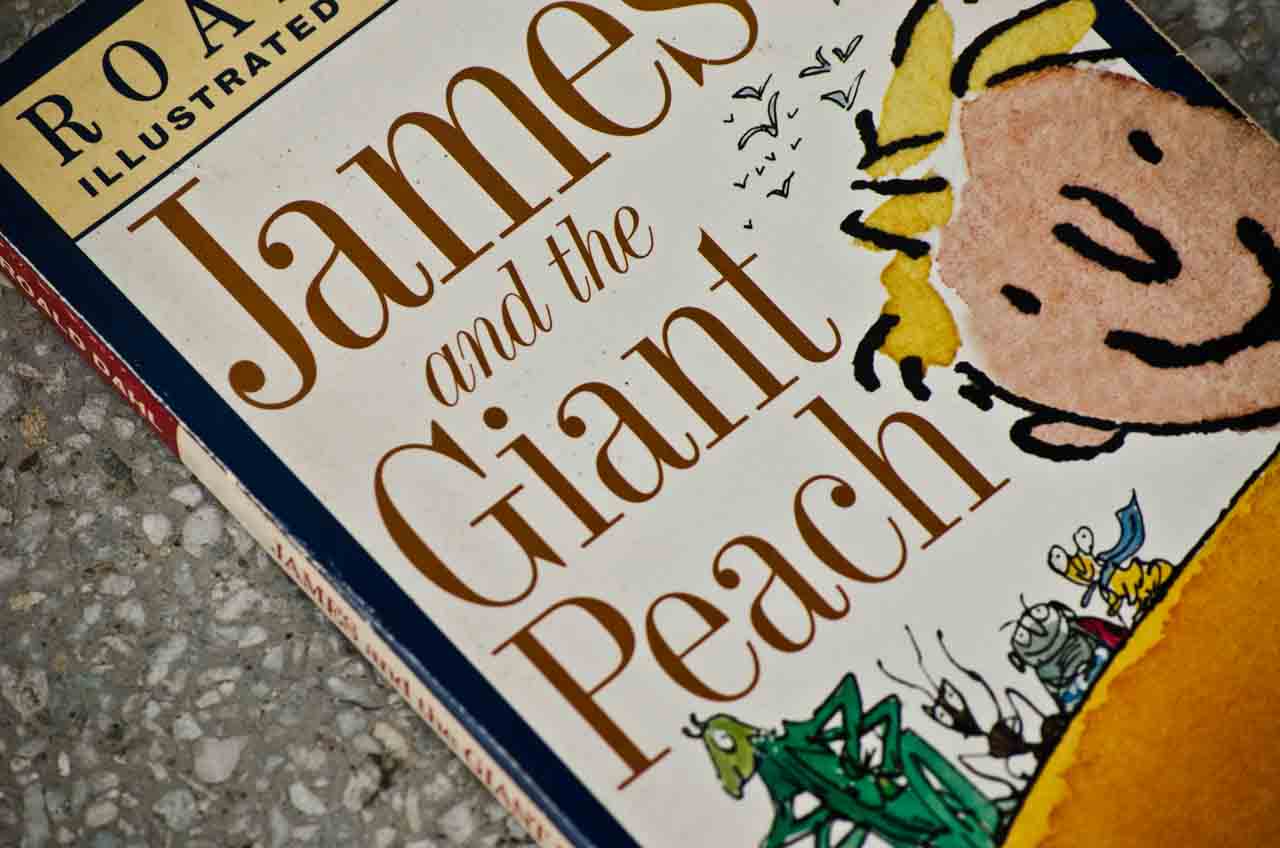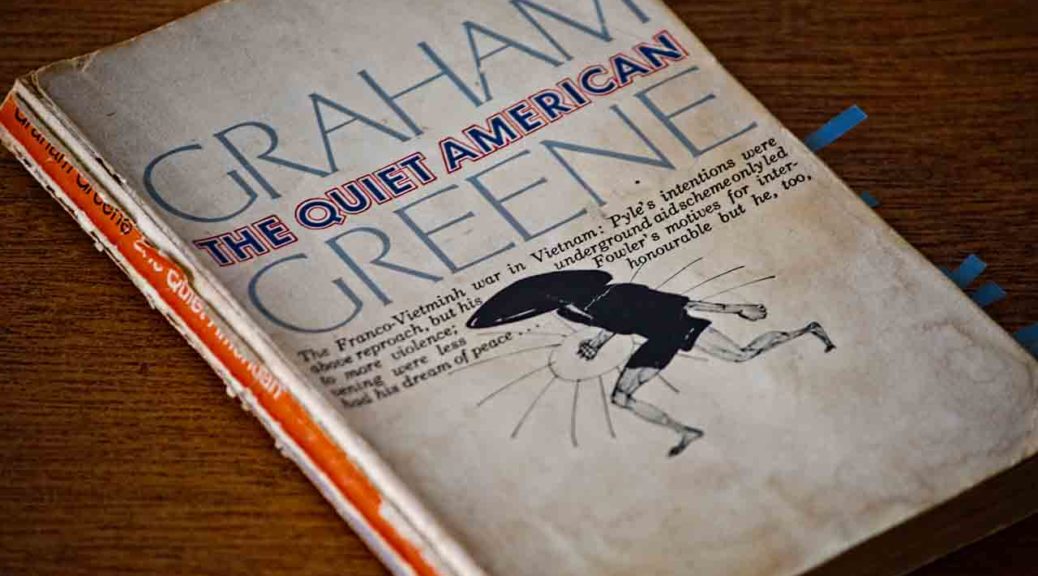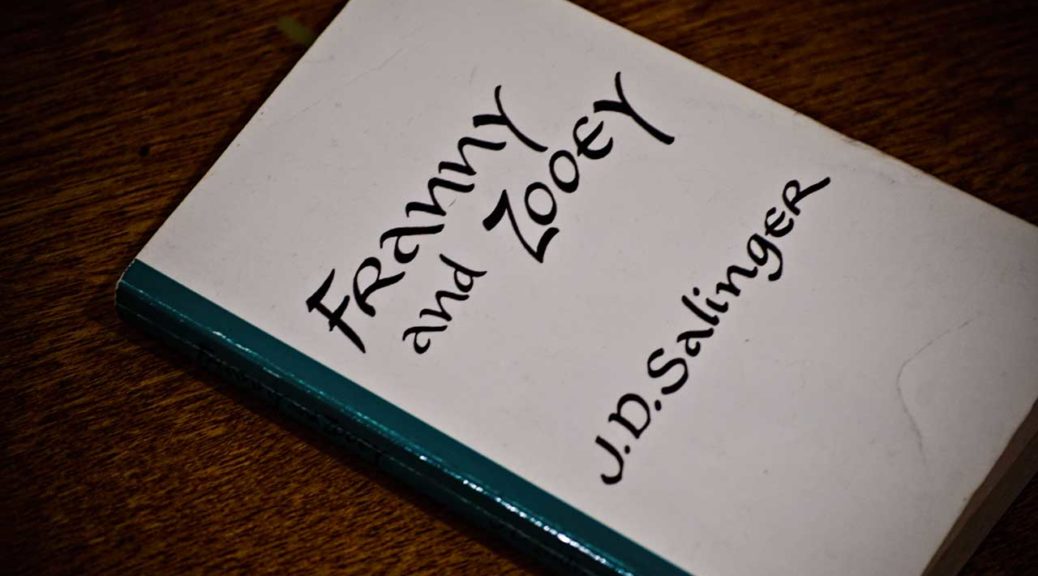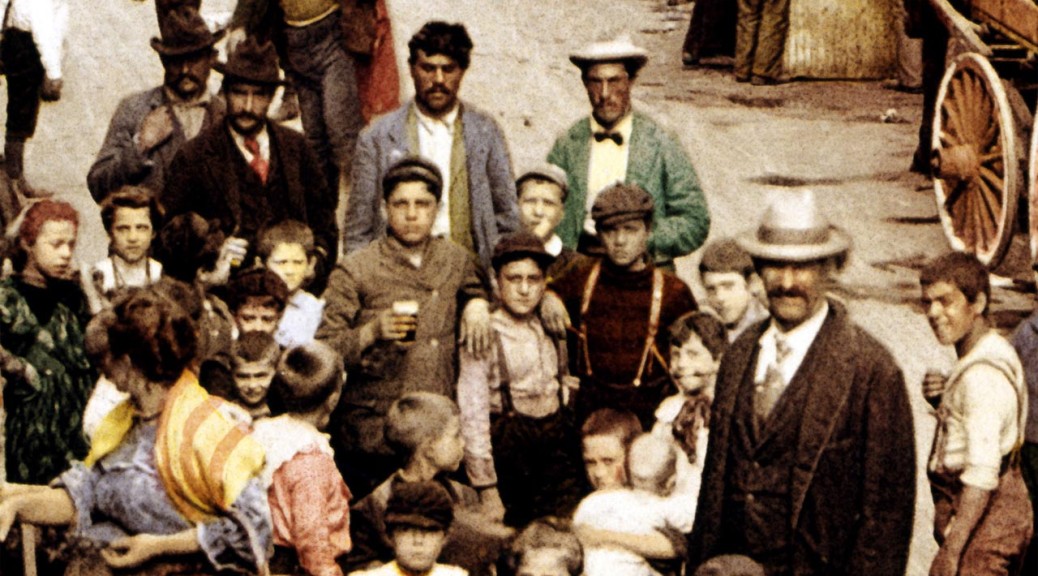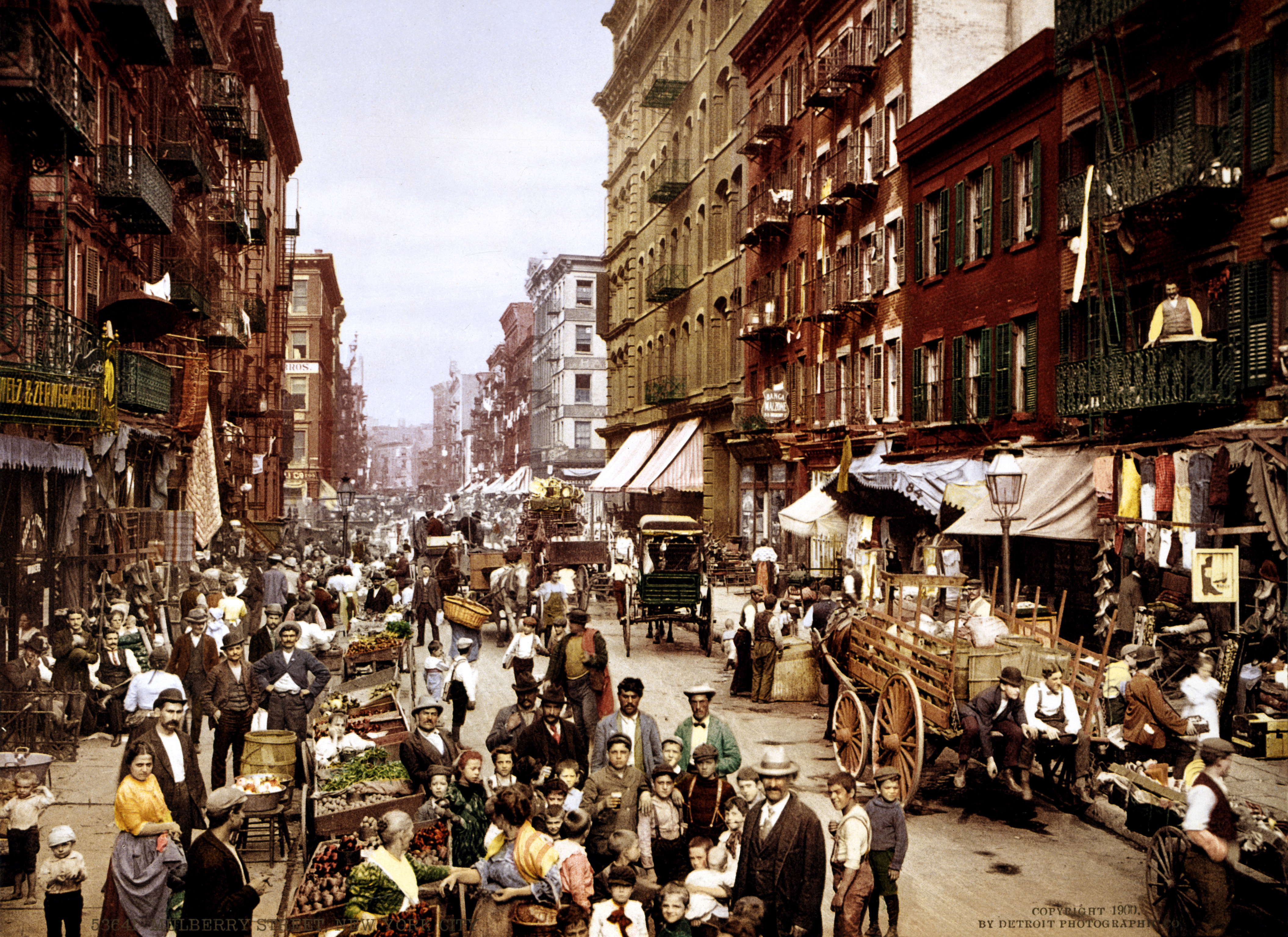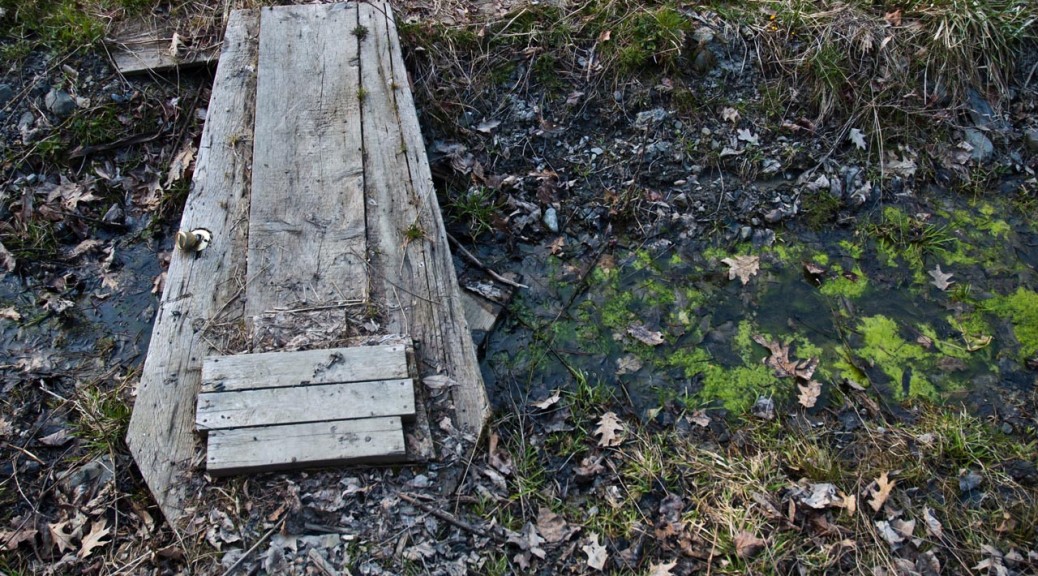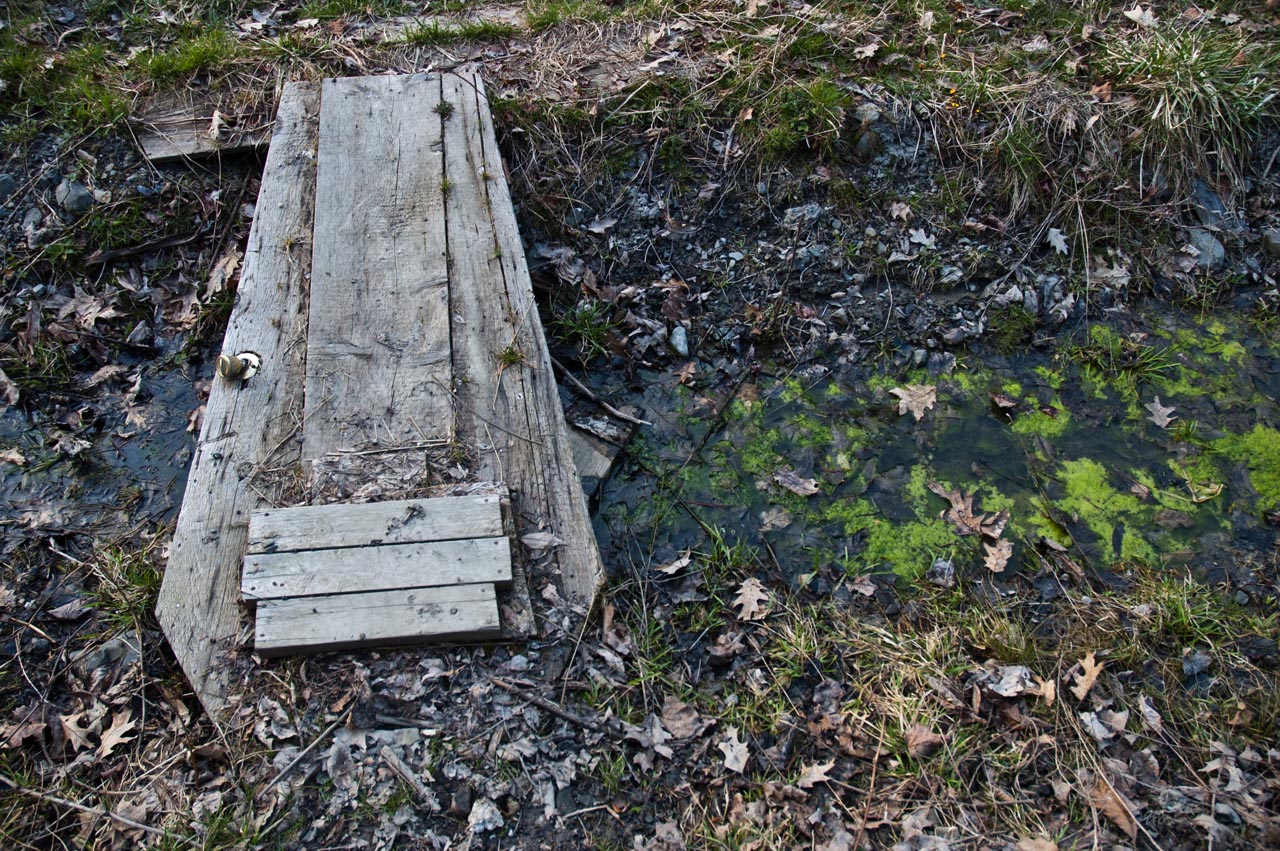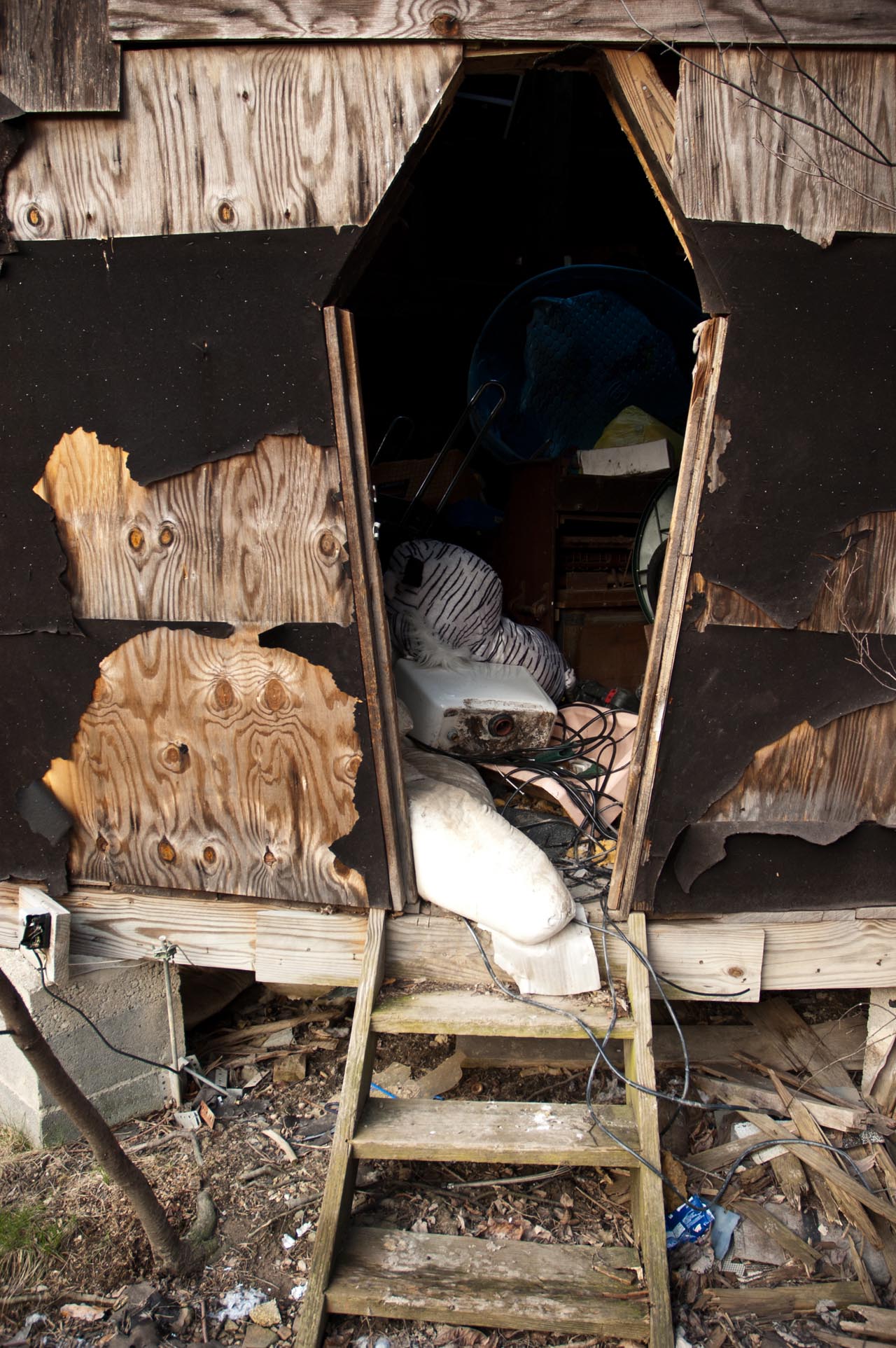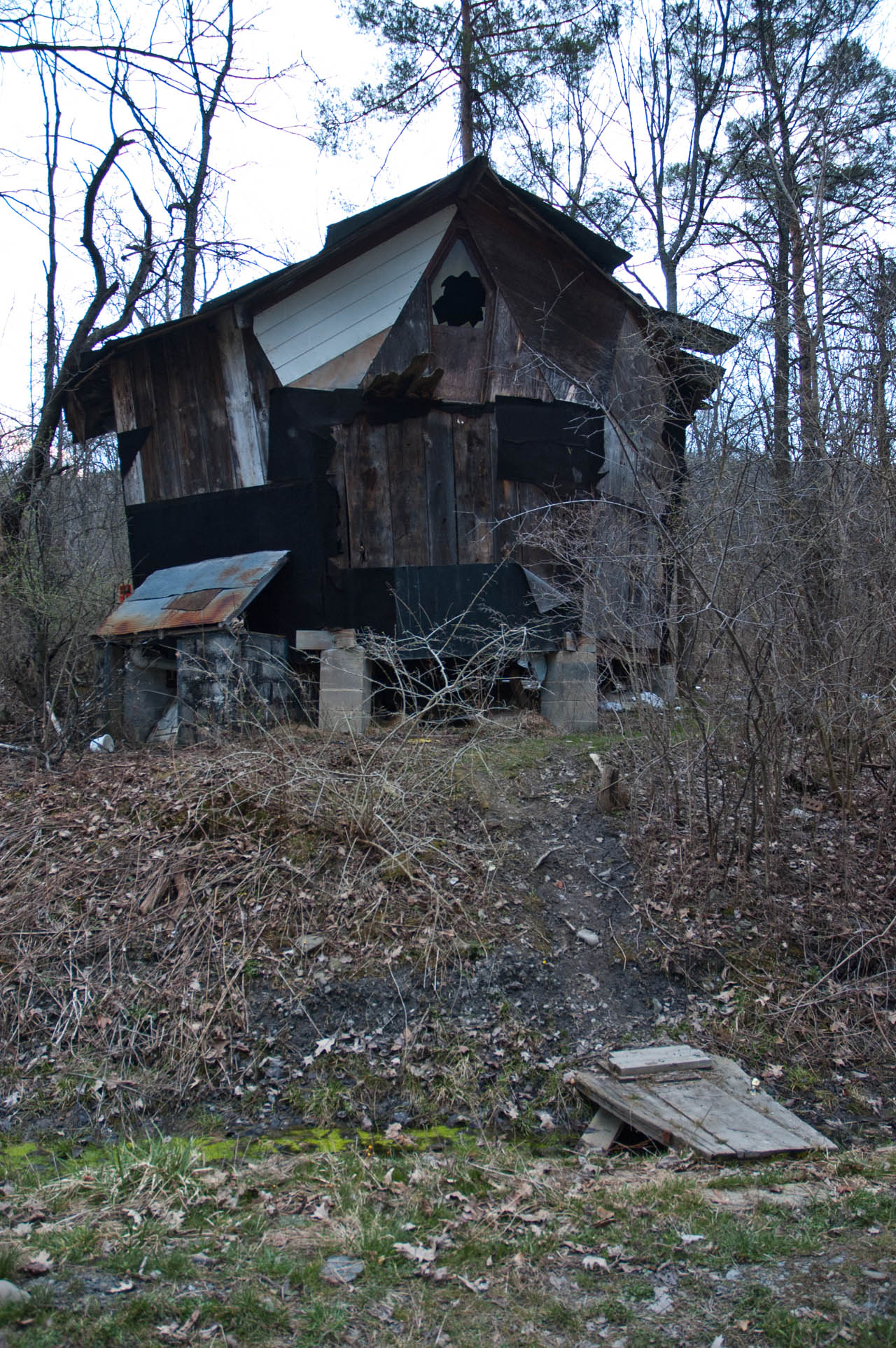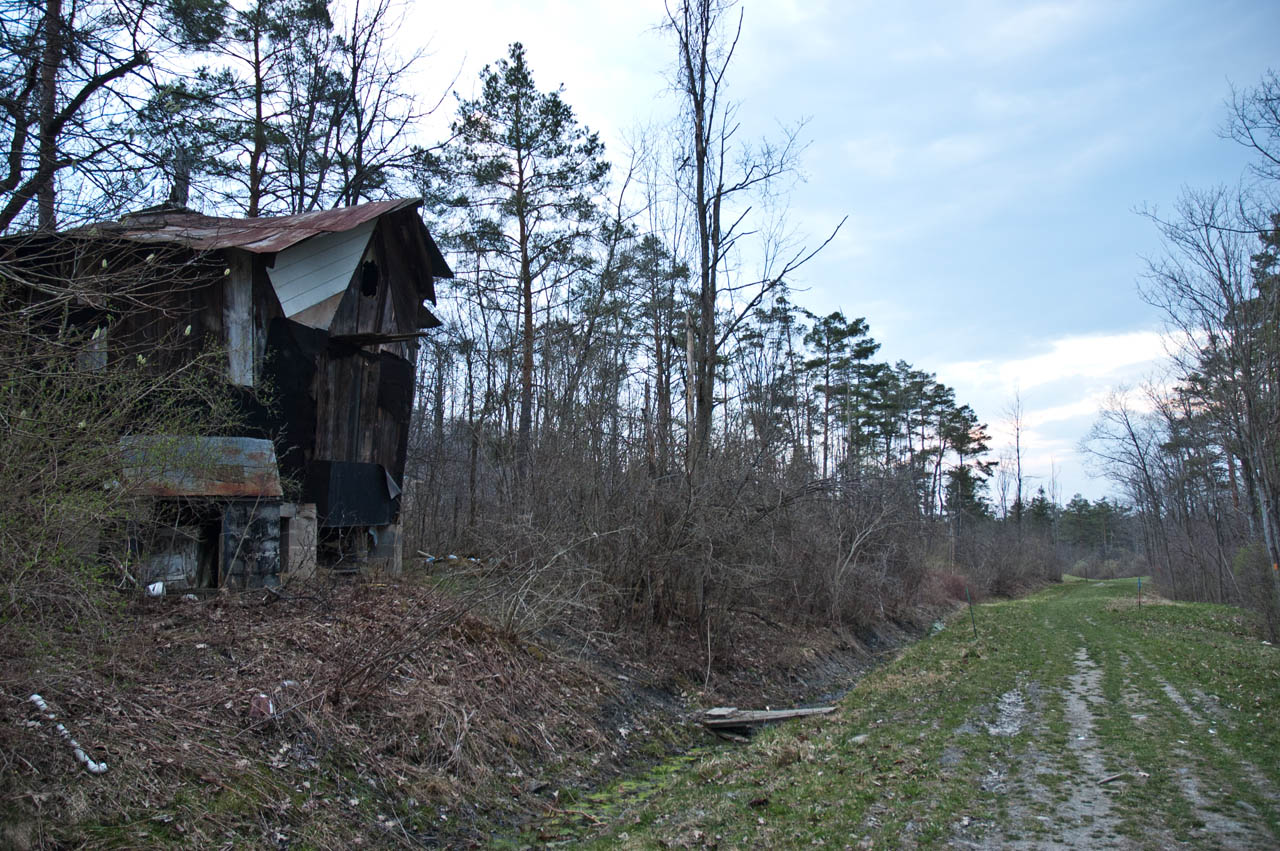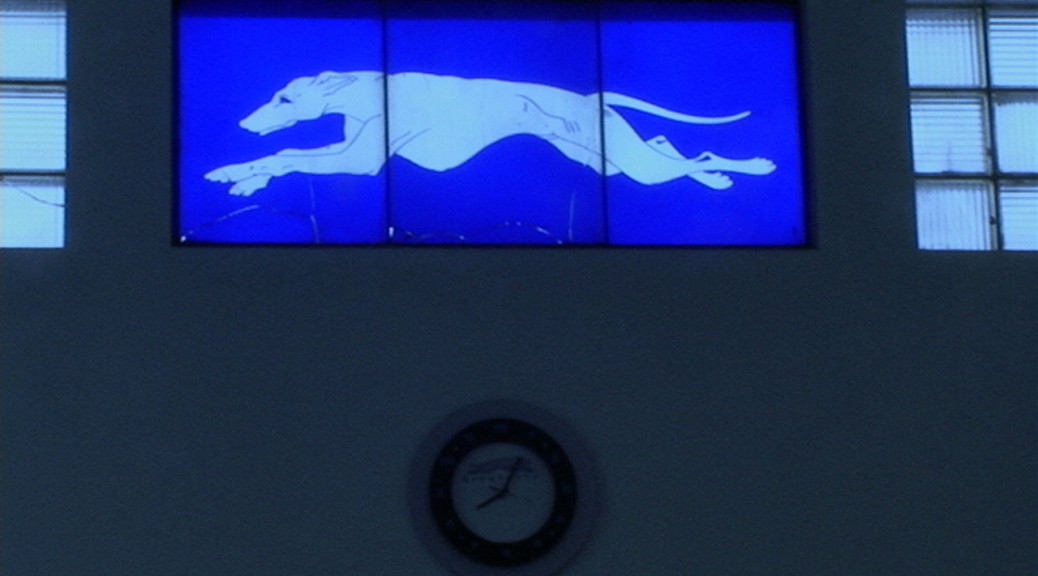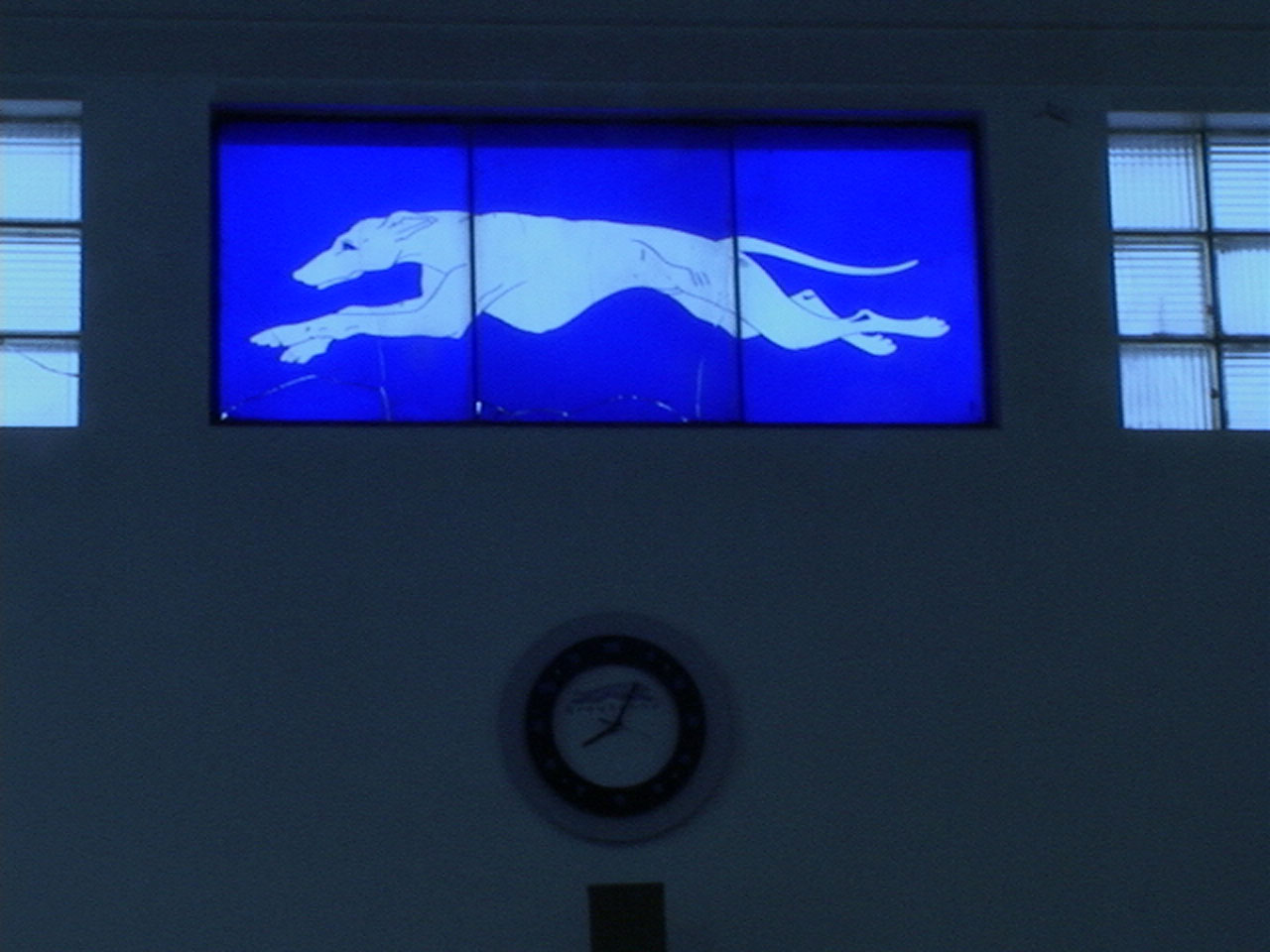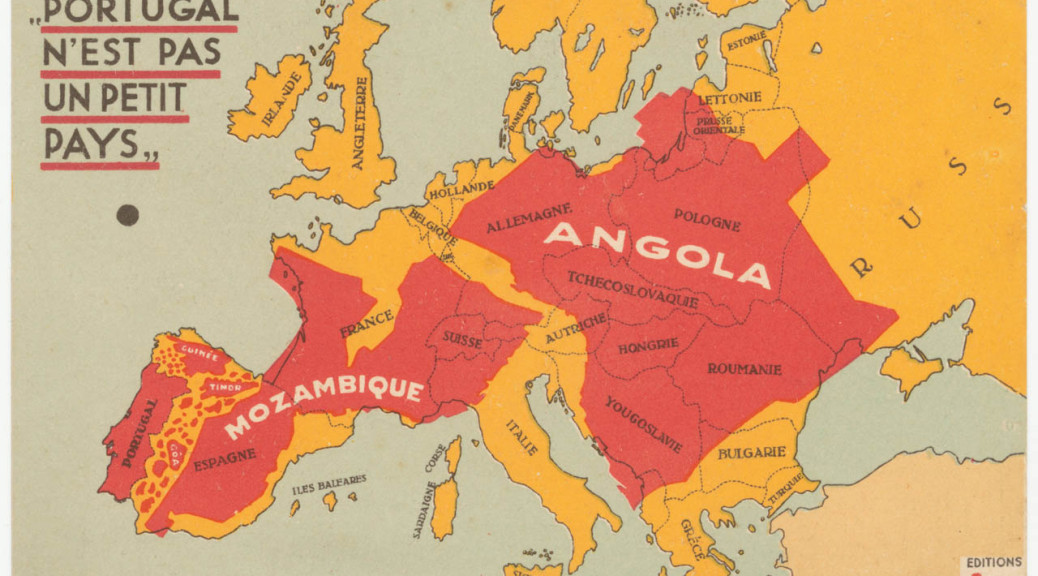On Edward Hopper by Mark Strand from The New York Review of Books | Article
“something that is not there at the outset but reveals itself slowly, and then completely, having traveled an arduous route during which vision and image come together,”
“By the time the gas station appears on canvas in its final form it has ceased being just a gas station. It has become Hopperized. It possesses something it never had before Hopper saw it as a possible subject for his painting. And for the artist, the painting exists, in part, as a mode of encountering himself.”
“With the uncertainty under which the painter labors, extended periods of doubt, it is a wonder that he can ever be free of anxiety or finish a work. Even the prodigiously talented Picasso needed constant reassurance. ¶ One of the ways Hopper dealt with his lack of certainty was to make many preparatory drawings for each painting;”
“It was not that he needed to be sure how to paint a sugar dispenser of salt shaker as in Nighthawks (1942), but that they should become his. ¶ This absorption of the outer world into his inner world could only be accomplished through a protracted ritual of drawing and redrawing, slight adjustments here and there adding up to imaginative ownership and psychic freedom.”
“Again and again, words like “loneliness” or “alienation” are used to describe the emotional character of his paintings.”
“It was thrilling to suddenly go underground, travel in the dark, and be delivered to the masses of people milling about in the cavernous terminal.”
Read: Mark W. Turner essay comparing “the wall in Melville’s Bartleby the Scrivener and Hopper’s walls.
See:
New York Movie (1939) (at MoMa)
Nighthawks (1942) [at Art Institute of Chicago]
Approaching a City (1946) [Phillips Collection, Washington, D.C.]
Morning Sun (1952) [Columbus Museum of Art, Georgia]
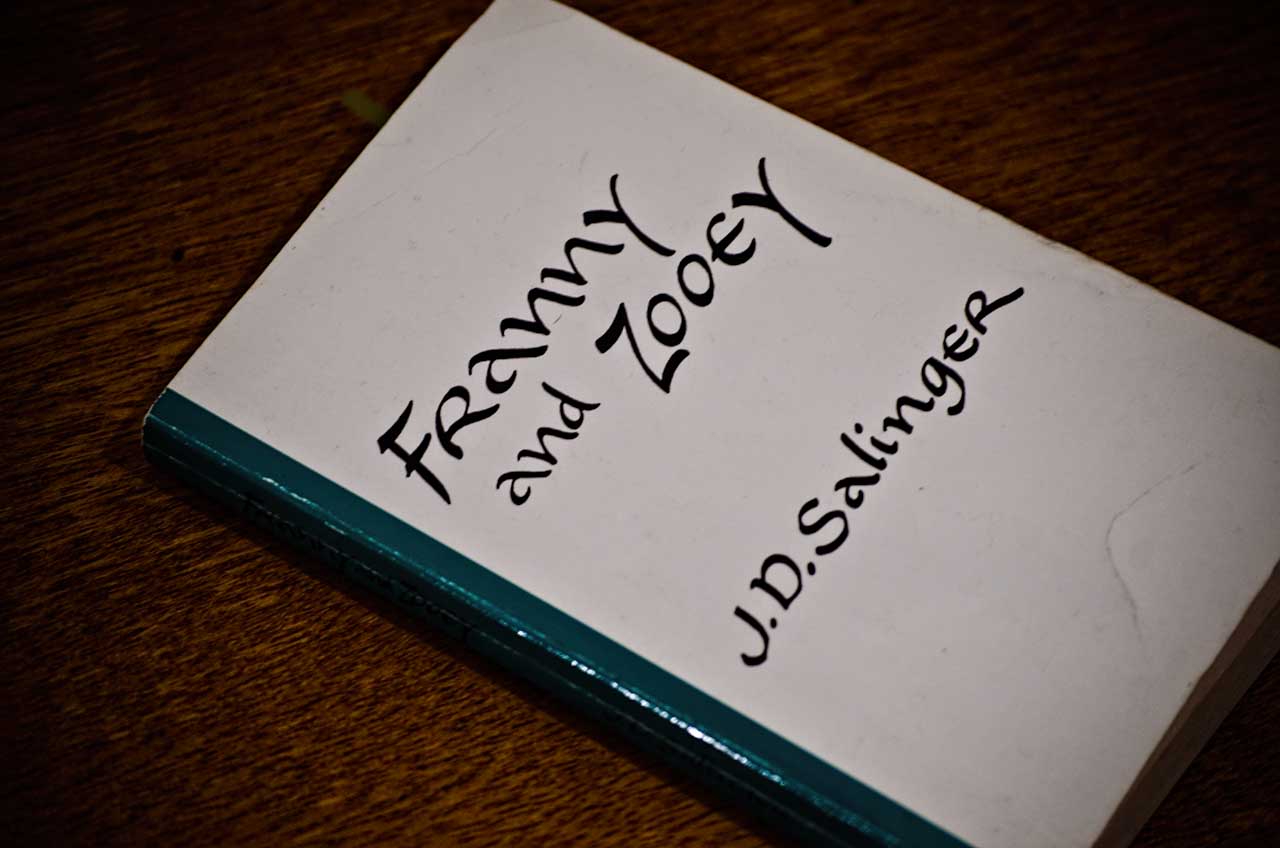
Salinger, J.D. Franny and Zooey. Little, Brown, and Company, 1961.
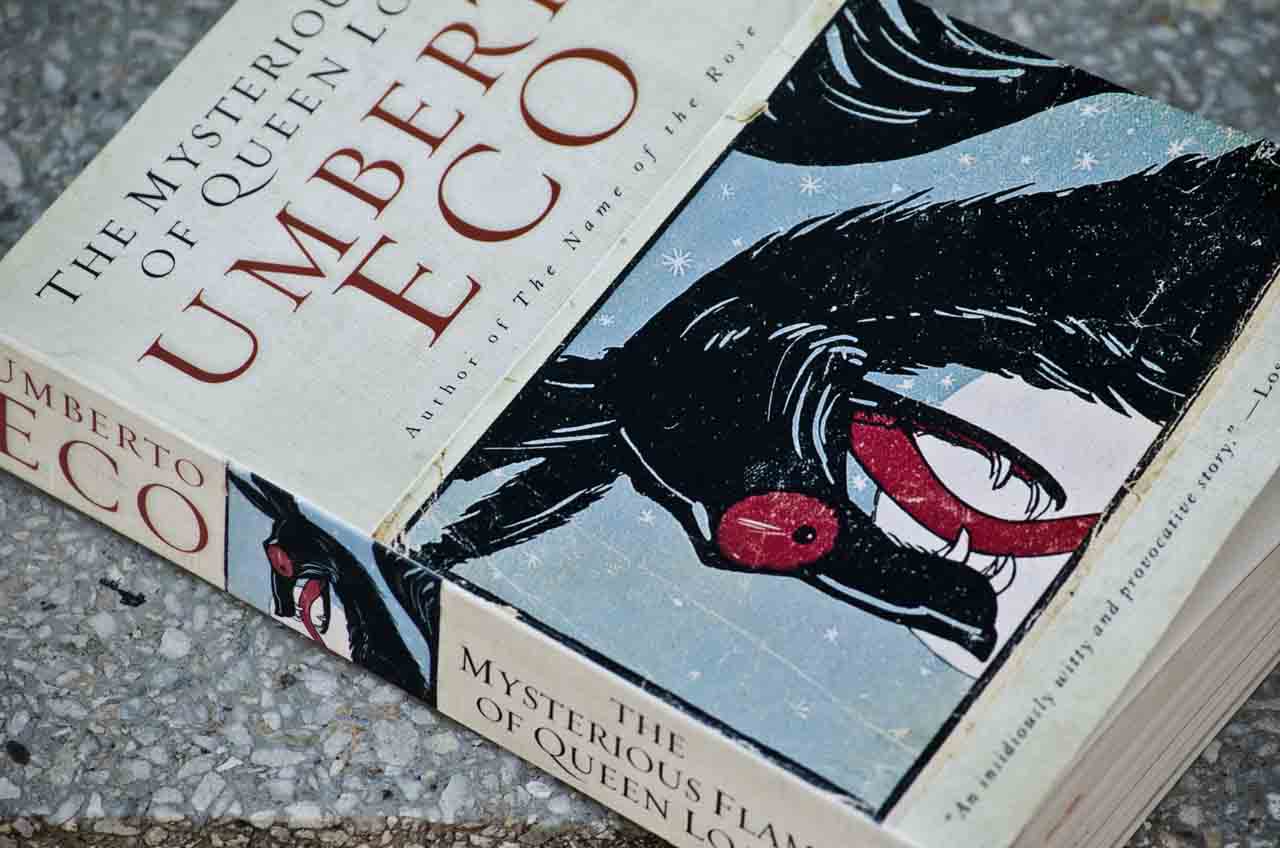 Eco, Umberto. The Mysterious Flame of Queen Loana. Harcourt, 2005. First published 2004.
Eco, Umberto. The Mysterious Flame of Queen Loana. Harcourt, 2005. First published 2004.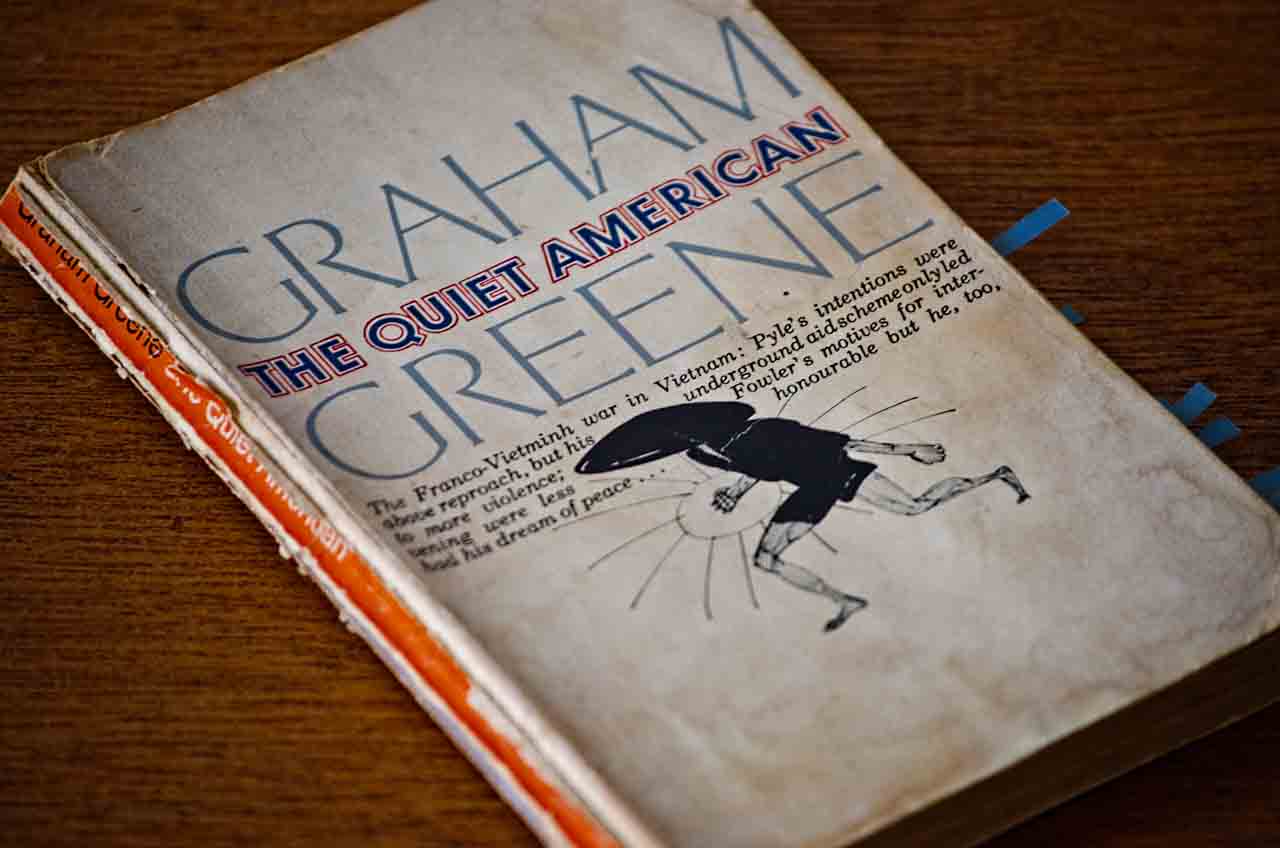 Greene, Graham. The Quiet American. Penguin Books, 1969. First published 1955.
Greene, Graham. The Quiet American. Penguin Books, 1969. First published 1955.